A century ago on April 29, 1925 in Paris, a design revolution began with the “Exposition Internationale des Arts Décoratifs et Industriels Modernes.” It introduced the world to Art Deco styling, a bold new aesthetic that combined modernism, luxury, geometry, and elegance. The exhibition marked a decisive shift in design history, replacing ornate, nature-inspired forms with streamlined modernity. Today, 100 years later, this timeless style continues to influence how we construct, decorate, and design. Its sleek lines, rich materials, and forward-thinking aesthetics remain fresh and vibrant.
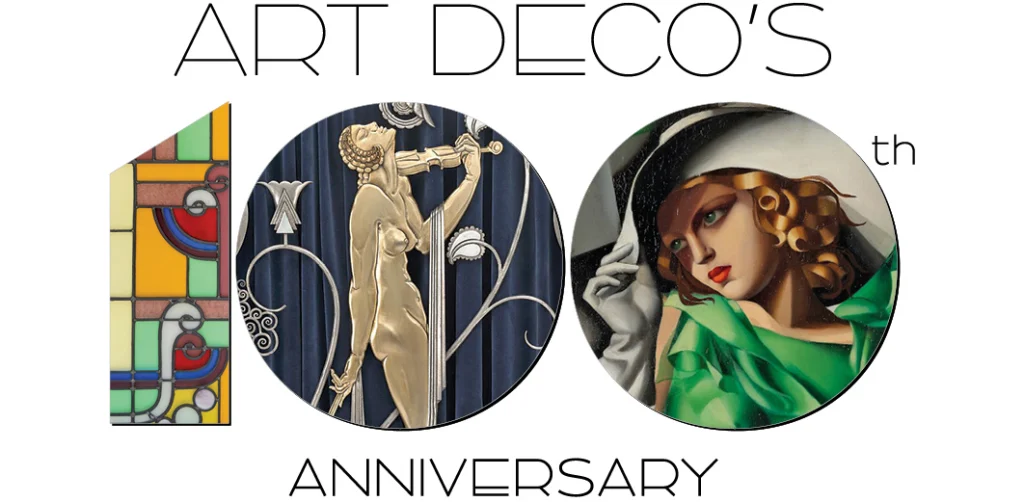
What inspired the Art Deco Movement in 1925?
Artists, architects, and designers sowed the seeds of Art Deco in a world longing to break free from the traditional aftermath of World War I, seeking a new language of progress, luxury, and artistic confidence. The 1925 Paris Art Deco Exposition that officially inaugurated the movement spanned over 70 acres, featuring pavilions from 20 countries and drawing more than 16 million attendees. It wasn’t just a showcase, it was a declaration of modern elegance on a global stage.
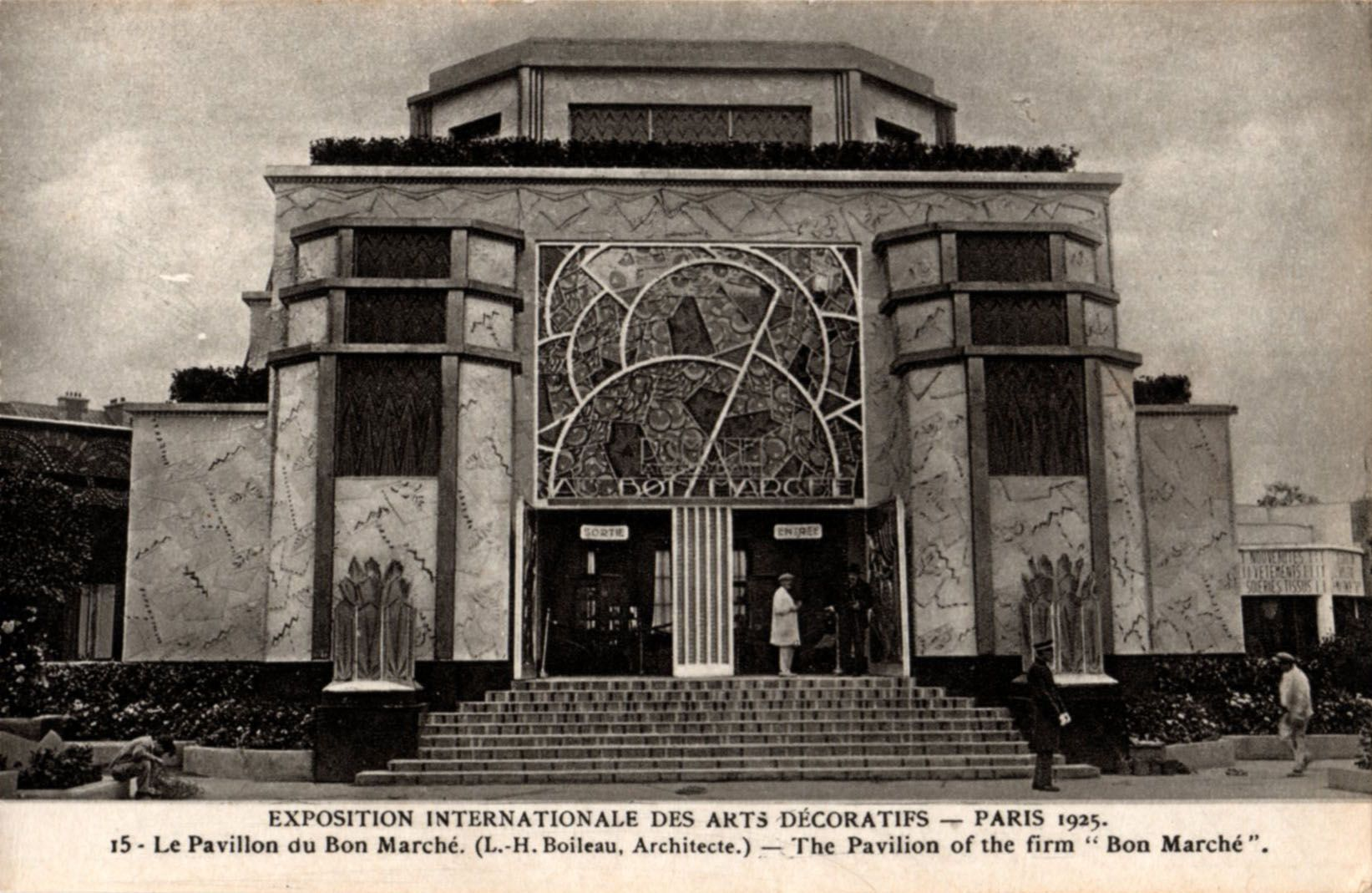
French designers led the way, with Emile-Jacques Ruhlmann dazzling visitors through his use of exotic woods, lacquer, and ivory in sophisticated interiors, while fashion pioneer Paul Poiret brought flair and freedom to clothing design with bold silhouettes and theatrical presentations. The movement was also profoundly shaped by the avant-garde spirit of Cubism, Futurism, Bauhaus, and global inspirations, from ancient Egyptian tombs to Aztec temples and African tribal art, which together fueled its rich and eclectic design vocabulary.
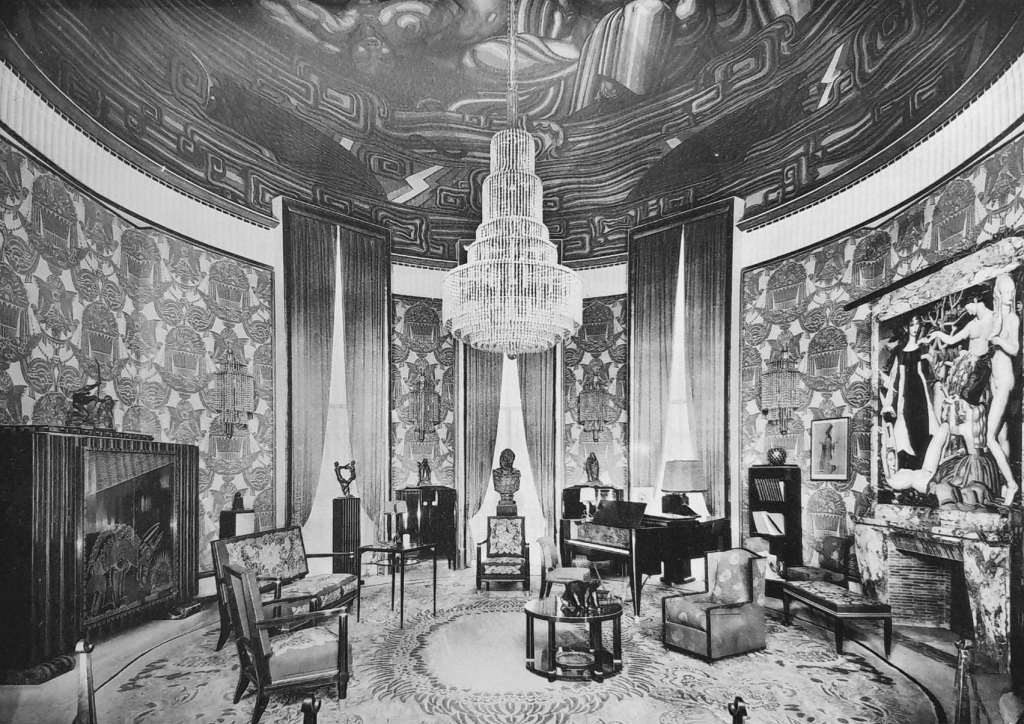
How did Art Deco influence Cities around the World?
Art Deco soon made its mark on skylines and streetscapes worldwide. In the United States, it defined the era of skyscrapers, New York’s Chrysler Building and Empire State Building stood as soaring monuments to a new industrial and artistic age, blending engineering ambition with aesthetic grandeur. Across the globe, cities embraced the movement in uniquely local ways. In Hyderabad, India, Art Deco merged with regional culture, Chaitya arches, Islamic patterns, vegetal motifs, and deity carvings adorned homes in Barkatpura, Sheesh Mahal, and Begum Bazaar, creating a distinct fusion of East and West.
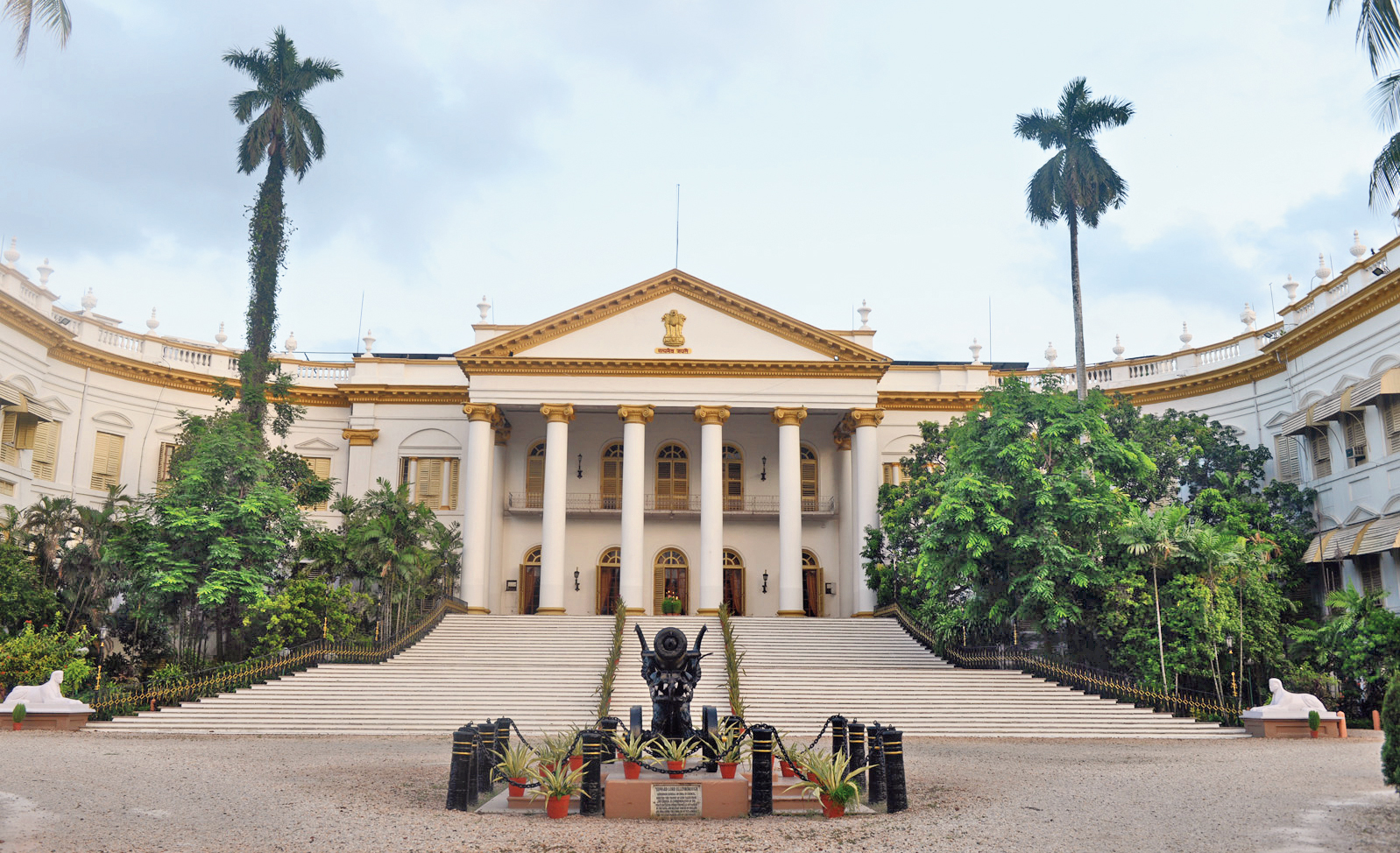

To shine a light on these overlooked treasures, architect Srinivas Murthy organized an exhibition at Raj Bhavan, an Art Deco structure itself, designed by Eric Marrett in 1936. This event, held on April 29, highlighted the movement’s legacy in Indian architecture. Meanwhile, in Europe, Brussels is hosting ‘Echoes of Art Deco‘ at Villa Empain, showcasing period furniture, stained glass, and textiles. In the U.S., the Kirkland Museum presents pop-up discussions on pieces from its Vanity & Vice collection, and in Paris, the Musée des Arts Décoratifs will stage a scenographic exhibition from October 21, 2025, to February 22, 2026, celebrating the movement in its birthplace.
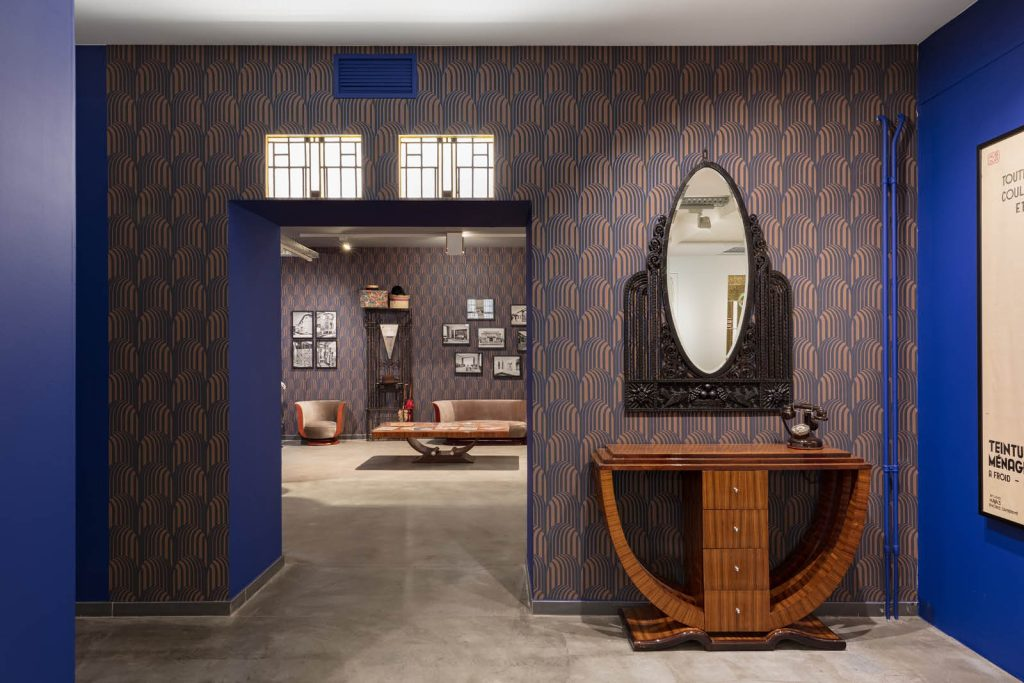
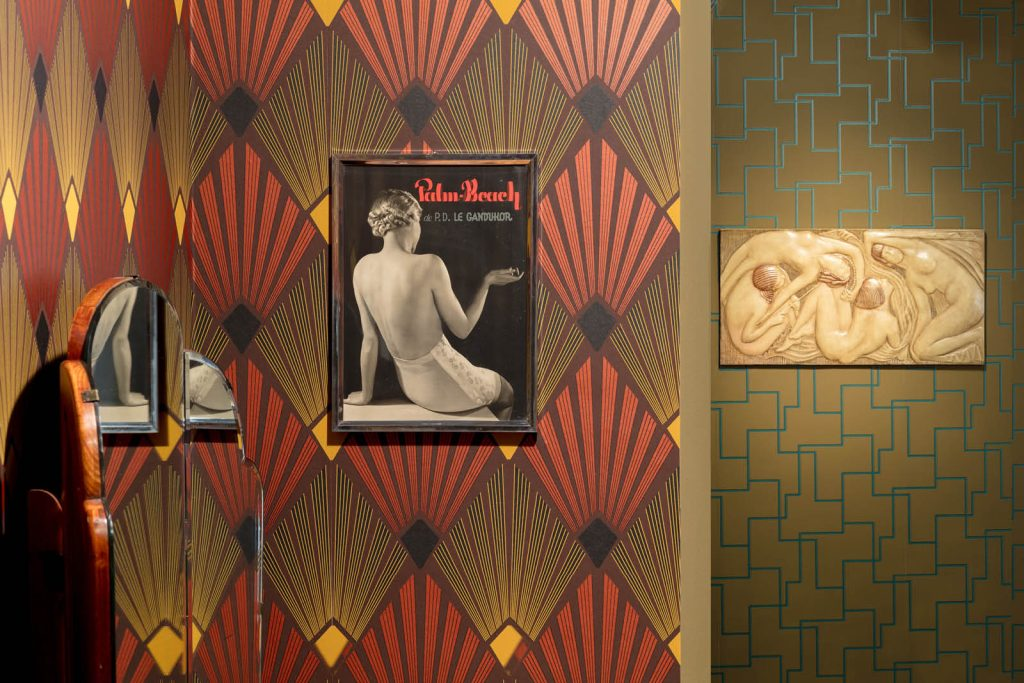
As Art Deco turns 100, global celebrations show how the style endures in museums, local landmarks, and everyday details that continue to draw people in with their refined glamour. Whether it’s a grand staircase, a sparkling façade, or a geometric wallpaper pattern, Art Deco remains a vibrant expression of human creativity, aspiration, and imagination, a century-old legacy still shaping the future of design.






































Leave a comment